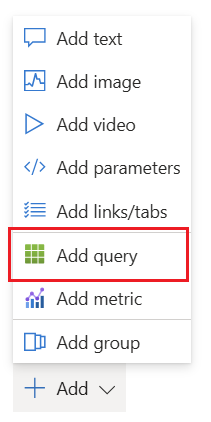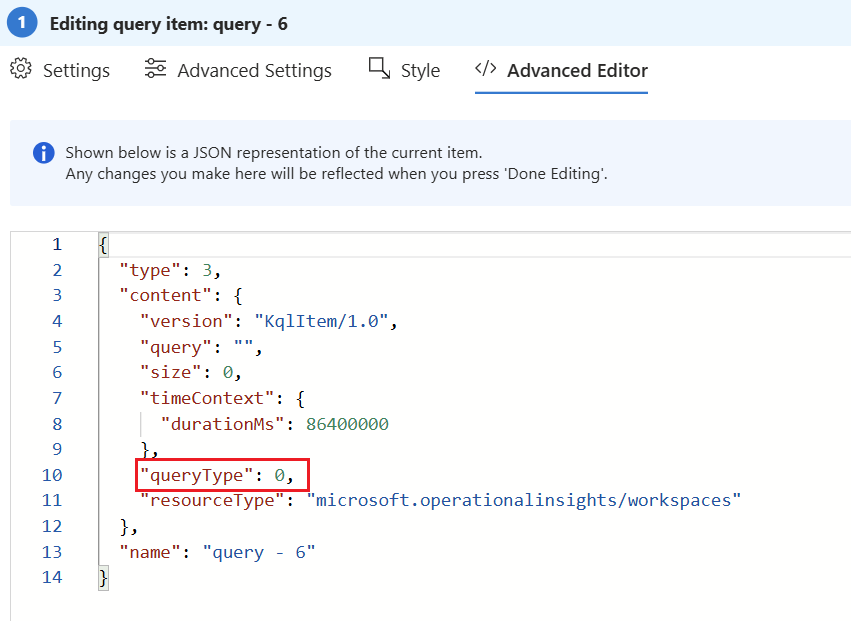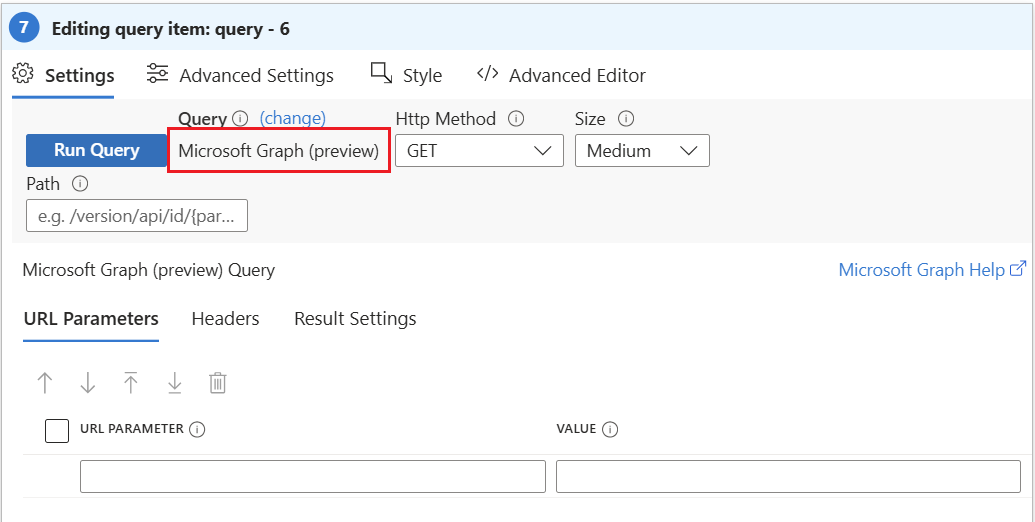Quick Start Guide for Azure Workbooks
Azure Workbooks are a powerful tool for building interactive dashboards and visualizing data at scale. This guide provides you with a structured, practical approach to deploying and managing Azure Workbooks, based on real-world experience and best practices.
Use case
In today's data-driven world, cloud services like Azure, Microsoft 365 and others provide a wealth of data waiting to be analyzed. Azure Log Analytics, powered by Kusto Query Language (KQL), enables users to explore and visualize data effectively. Azure Workbooks are ideal for building KPI dashboards, providing health overviews of systems, analyzing historical trends, monitoring security and compliance, delivering custom reports for stakeholders, and visualizing DevOps or automation metrics. Let's dive into how to leverage KQL-Based Workbooks in Azure Log Analytics to gain valuable insights through compelling graphs and diagrams.
Azure Workbooks Overview
Azure Workbooks are a flexible data visualization platform within the Azure ecosystem. They enable IT professionals to create interactive dashboards using KQL-based graphs and fetch live data from multiple sources. Since Azure Workbooks are no more than standard Azure resources this means that they can be customize with Azure RBAC permissions. Workbooks are highly portable and scalable, leveraging a JSON-based structure for easy export, import, and sharing. Filtering options via parameters allow customization for different audiences.
Key capabilities
- Aggregate data from diverse sources for unified, single-pane-of-glass monitoring.
- Integrate live data from Log Analytics, Microsoft Graph API, Azure Resource Graph, external HTTP endpoints, serverless functions, storage buckets, and third-party APIs.
- Control access with Azure RBAC for secure, role-based visibility.
- Easily scale, export, and import dashboards across environments.
- Customize dashboard views using parameter filtering.
Technology stack
Azure Workbooks are built on JSON templates work like the Azure Resource Manager (ARM) templates. Therefore it is very simple to automate it via REST APIs and the Azure Management API (https://management.azure.com). They are also compatible with Infrastructure as Code (IaC) tools such as Bicep & Terraform.
Data sourcing
Azure Workbooks support a broad range of data sources, making them highly adaptable for complex monitoring and reporting needs. This flexibility enables you to visualize and analyze data from virtually any system within your IT environment.
Built in data sources:
- Log Analytics Workspace
- Microsoft Graph API*
- Azure Resource Graph
- External HTTP Endpoints
Using the "externaldata" functionality from KQL:
- Serverless Functions
- Storage Buckets
- Third-Party APIs
For scenarios involving complex data aggregation, transformation or exotic permissions on APIs, it is best practice to offload these tasks to Azure Functions or similar serverless solutions. This approach ensures scalability and keeps your dashboards responsive, even when working with large or intricate datasets.
Graph API permission limitations
The integration of Microsoft Graph API is currently limited to these scopes (because of the service principle “Microsoft Azure AppInsightsExtension” under the hood):
- DeviceManagementApps.Read.All
- DeviceManagementConfiguration.Read.All
- DeviceManagementManagedDevices.Read.All
- Policy.Read.All
- Policy.Read.ConditionalAccess
- User.Read
- User.ReadBasic.All
- WindowsUpdates.ReadWrite.All
- profile email openid
Graph API source availability
The data source "Microsoft Graph API" is currently only available using the Advanced Editor with the adjustments of JSON values. Unfortunately it is not selectable in the GUI yet (may change soon).
|
On your Azure Workbook click "Add" and select "Add query".
|
|
|
Change to "Advanced Editor" tab.
|
|
|
Adjust the JSON property "queryType" from 0 (default) to 14. This is the id of the Microsoft Graph API query type. Hit "Done Editing" below. |
|
|
Change to the editor mode with "Edit". Now you can look under "Settings" -> "Query" that it changed to "Microsoft Graph API" query. Now you are ready to build your visualizations. |
Create dashboards yourself
Workbooks give you the flexibility to go beyond prebuilt templates and design dashboards tailored to your own environment. By combining data sources, parameters, and custom visualizations, you can build views that answer exactly the questions your team cares about—whether it’s operational monitoring, cost tracking, or security insights. This section shows you how to start from scratch and gradually shape a workbook into a reusable dashboard.
- Creating an Azure Workbook: Navigate to the Azure portal and search for "Workbooks" Then create a new workbook or continue editing existing Workbooks. You can also choose from existing templates to accelerate your analysis.
-
Setting Up Azure Log Analytics (optional): Ensure you have an active Azure subscription and access to your desired data inside Azure Log Analytics workspaces. For custom logs you can create a custom Log Analytics workspace from the Azure portal and connect your data sources, such as Azure Monitor, Application Insights, or custom logs.
-
Writing KQL Queries: In the workbook, use Kusto Query Language (KQL) to craft queries that retrieve data from your Log Analytics workspace. KQL allows you to filter, aggregate, and transform data efficiently.
-
Visualization with Graphs: After querying the data, enhance your insights by creating visualizations with graphs. Choose from various graph types such as line charts, bar charts, pie charts, or area charts, depending on the data and the story you want to convey.
-
Diagram Visualization: Apart from traditional graphs, KQL-Based Workbooks enable you to create dynamic and interactive diagrams. Utilize diagrams like topology maps, network diagrams, or flowcharts to depict the relationships and dependencies within your data.
-
Interactive Controls: Enhance user experience by adding interactive controls like drop-down menus, time range selectors, or variable inputs. These controls allow users to customize and explore data on their terms.
-
Sharing and Collaboration: Share your workbook with relevant stakeholders, empowering them to view and interact with the data-driven insights. Collaborate with teams by granting them access to workbooks or exporting them for offline review.
-
Automate with Scheduled Queries: Automate data analysis by scheduling queries to run at regular intervals. This ensures that your workbooks stay up-to-date with the latest data without manual intervention.
Tips from the Field
Version Control System for Workbook Templates
-
Always export to JSON: Don’t rely on the portal as your single source of truth. Export your workbook and keep it in Git (GitHub/Azure DevOps) so changes are tracked.
-
Keep changes small: Workbook JSON can be huge; commit only what’s necessary so diffs stay readable.
-
Review like code: Use pull requests to avoid accidental overwrites when multiple people edit the same workbook.
-
Automate deployments: Bicep/ARM templates and a pipeline (e.g., GitHub Actions) make it easy to roll out workbooks to test and prod without manual clicks.
Performance Optimizations
-
Filter first, visualize later: In KQL, apply
wherefilters early to cut down the dataset before summarizing or charting. -
Default to shorter time ranges: Don’t make “Last 30 days” your default – that’s a recipe for slow queries. Stick to 24h or 7d for interactive dashboards.
-
Aggregate smartly: Summarize data before rendering charts. Plotting millions of rows isn’t useful and often just hits limits.
-
Watch out for hidden limits: Workbooks and Log Analytics both truncate results – if you see “partial data,” simplify the query.
-
Test outside the workbook: Run your query in Log Analytics first. If it’s slow there, it won’t magically be fast in a dashboard.
-
Cache where possible: For static or near-static data (like subscription metadata), use parameters or external data sources instead of re-querying every refresh.
RBAC Permissions Work
One of the most common real-world blockers in adopting Azure Workbooks is that your developer permissions are not the same as your viewer’s. A workbook that looks perfect to you may show empty visuals or errors to someone else.
-
Log Analytics: Viewers need at least Log Analytics Reader to run queries. Without these permissions the charts show no data.
-
Azure Resource Graph: Results are trimmed to the subscriptions and resources the viewer can access. They may see less than you.
-
Microsoft Graph: Your account may have tenant-wide Graph API rights, but viewers usually have scoped access (e.g. Intune Scope Tags or Entra ID Administrative Units. Grant the required permissions or offload it to an Azure Function with a Managed Identity for example.




